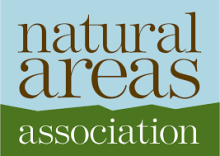Resource information
Land management practices, invasive species expansion, and changes in the fire regime greatly impact the distribution of native plants in natural areas. Wyoming big sagebrush (Artemisia tridentata ssp. wyomingensis), a keystone species in the Great Basin, has seen a 50% reduction in its distribution. For many dryland species, reestablishment efforts have focused on direct seeding but achieved only minor success due to irregular seed germination and poor survival. We investigated the effects of container volume and fertilization on the performance of nursery-grown Wyoming big sagebrush seedlings following outplanting. Additionally, to evaluate the impact of site preparation, one-year-old seedlings were outplanted into tilled and untilled field conditions. Initial seedling size increased with container volume; larger seedlings exhibited significantly higher root collar diameter (RCD) growth than smaller seedlings. As container volume increased from 108 to 251 and 336 cm³, seedling survival on the tilled plot increased from 28 to 44 and 43%, respectively, whereas no influence was observed on the untilled plot (57 to 61, and 60%, respectively). Fertilization reduced seedling survival on tilled (by 25%) and untilled (by 14%) plots. Fertilizer increased RCD growth on the untilled plot but final nutrient status was unaffected. Thus, container volume may influence seedling morphology and optimize establishment, while field fertilization, especially during spring outplanting when planting sites have low moisture availability, may hinder first-year survival.



